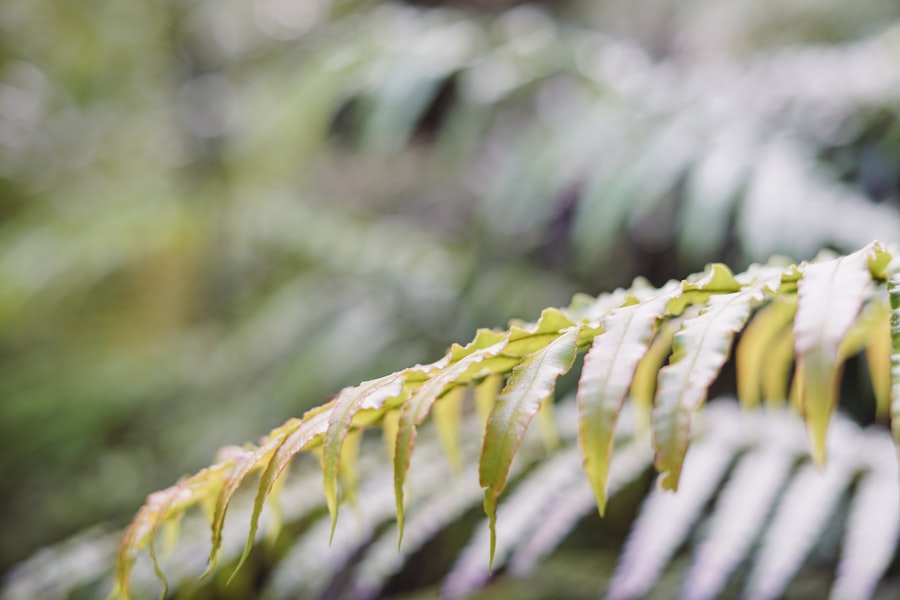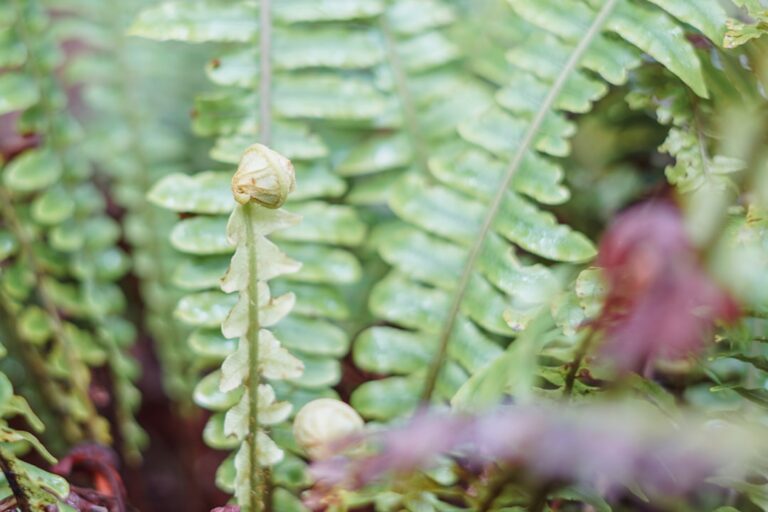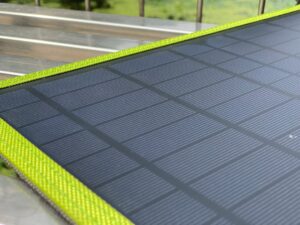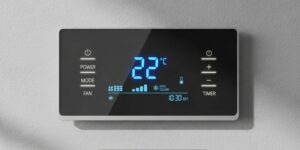Mold and mildew are types of fungi that thrive in damp, warm environments. While they may seem similar, they have distinct characteristics and implications for health and property. Mold typically appears as a fuzzy or slimy growth in various colors, including black, green, or white, and can penetrate surfaces, causing structural damage.
Mildew, on the other hand, is often powdery and usually manifests as a white or gray film on surfaces. Both mold and mildew can release spores into the air, which can lead to respiratory issues and allergic reactions in sensitive individuals. The presence of mold and mildew is not just an aesthetic concern; it can also pose significant health risks.
Prolonged exposure to mold spores can lead to a range of health problems, including asthma attacks, sinus infections, and skin irritations. Understanding the biology of these fungi is crucial for effective prevention and remediation. Mold thrives in environments with high humidity and organic material to feed on, such as wood, paper, and fabric.
Recognizing the conditions that foster mold growth is the first step in combating its spread.
Key Takeaways
- Mold and mildew are types of fungi that thrive in damp and humid environments
- Common areas for mold and mildew growth include bathrooms, kitchens, basements, and attics
- Controlling humidity levels below 60% can help prevent mold and mildew growth
- Proper ventilation and air circulation can help reduce moisture and prevent mold and mildew
- Regular cleaning and maintenance of surfaces can help prevent mold and mildew growth
- Using mold-resistant materials such as paint and drywall can help prevent mold and mildew
- Addressing water leaks and moisture issues promptly can prevent mold and mildew growth
- Seek professional help if mold and mildew issues are extensive or difficult to control
Identifying Common Areas for Mold and Mildew Growth
High-Risk Areas in the Bathroom
Bathrooms are notorious for being breeding grounds for these fungi due to the high humidity levels generated by showers and baths. The corners of bathtubs, behind sinks, and around toilets are common hotspots where mold can take hold if not regularly cleaned and maintained.
Kitchens: A Fertile Ground for Mold Growth
Kitchens also provide an ideal environment for mold growth, especially under sinks where leaks may occur or in areas where food spills are not promptly cleaned.
Basements and Crawl Spaces: Prime Candidates for Mold Infestations
Additionally, basements and crawl spaces are often damp and poorly ventilated, making them prime candidates for mold infestations. Homeowners should be vigilant in inspecting these areas regularly to catch any signs of mold or mildew early on.
Identifying these common growth areas is essential for implementing effective prevention strategies.
Controlling Humidity Levels

One of the most effective ways to prevent mold and mildew growth is by controlling humidity levels within a home. Ideally, indoor humidity should be kept between 30% and 50%. When humidity levels exceed this range, the risk of mold proliferation increases significantly.
Homeowners can utilize hygrometers to monitor indoor humidity levels accurately. If readings consistently show elevated humidity, it may be time to take action. There are several methods to control humidity levels effectively.
Using dehumidifiers can help remove excess moisture from the air, particularly in areas prone to dampness like basements or bathrooms. Additionally, air conditioning systems can also assist in regulating humidity while cooling the air. Homeowners should also consider using exhaust fans in kitchens and bathrooms to expel humid air outside during cooking or showering.
By actively managing humidity levels, individuals can create an environment less conducive to mold and mildew growth.
Proper Ventilation and Air Circulation
| Metrics | Values |
|---|---|
| Indoor Air Quality (IAQ) Index | Good |
| CO2 Levels | Below 1000 ppm |
| Temperature | Between 68-72°F |
| Relative Humidity | Between 30-50% |
| Air Changes per Hour (ACH) | 4-6 ACH |
Proper ventilation is crucial in preventing mold and mildew growth within a home. Stagnant air can trap moisture, creating an ideal breeding ground for fungi. Ensuring that air circulates freely throughout living spaces can significantly reduce humidity levels and inhibit mold growth.
This can be achieved by opening windows when weather permits or using fans to promote airflow. In addition to natural ventilation, mechanical systems such as HVAC units should be maintained regularly to ensure they are functioning efficiently. These systems not only help regulate temperature but also assist in controlling humidity levels by circulating air throughout the home.
Homeowners should also consider installing vents in areas like attics and crawl spaces to promote airflow and prevent moisture buildup. By prioritizing proper ventilation and air circulation, individuals can create a healthier living environment that discourages mold and mildew.
Regular Cleaning and Maintenance
Regular cleaning and maintenance are essential components of mold prevention strategies. Dust, dirt, and organic materials can accumulate over time, providing food sources for mold spores. Establishing a routine cleaning schedule that includes wiping down surfaces with appropriate cleaning solutions can help mitigate this risk.
Special attention should be given to areas prone to moisture, such as bathrooms and kitchens. In addition to surface cleaning, homeowners should also inspect their properties for signs of mold growth regularly. This includes checking behind appliances, under sinks, and in corners where moisture may accumulate.
If any signs of mold are detected, it is crucial to address the issue promptly before it spreads further. Regular maintenance of plumbing systems is also vital; leaky pipes or faucets should be repaired immediately to prevent moisture buildup that could lead to mold growth.
Using Mold-Resistant Materials

Identifying High-Risk Areas
When renovating or building a new home, homeowners should consider using these specialized materials in areas prone to moisture exposure, such as bathrooms and kitchens. For instance, mold-resistant drywall is specifically formulated to resist moisture absorption, making it less likely for mold to take hold.
Additional Protection with Antimicrobial Paints
Additionally, using paints with antimicrobial properties can further protect surfaces from mold growth.
Creating a Resilient Living Environment
By investing in mold-resistant materials, homeowners can create a more resilient living environment that minimizes the risk of fungal infestations.
Addressing Water Leaks and Moisture Issues
Water leaks are one of the primary contributors to mold growth within homes. Whether from plumbing issues, roof leaks, or condensation problems, any source of excess moisture should be addressed immediately to prevent mold from taking hold. Homeowners should conduct regular inspections of their properties to identify potential leak sources before they become significant issues.
If a leak is detected, prompt repairs are essential. This may involve fixing plumbing issues or replacing damaged roofing materials. Additionally, homeowners should be aware of signs of water damage, such as discoloration on walls or ceilings, which may indicate hidden leaks that require attention.
By proactively addressing water leaks and moisture issues, individuals can significantly reduce the likelihood of mold growth within their homes.
Seeking Professional Help when Needed
While many mold prevention strategies can be implemented by homeowners themselves, there are instances when seeking professional help is necessary. If a significant mold infestation is detected or if individuals experience health issues related to mold exposure, it is crucial to consult with professionals who specialize in mold remediation. These experts have the knowledge and tools required to assess the situation accurately and implement effective removal strategies.
Professional mold remediation services typically involve thorough inspections to identify the extent of the problem, followed by safe removal techniques that minimize the risk of spore spread during the process. Additionally, professionals can provide valuable advice on preventing future infestations based on their findings. Homeowners should not hesitate to seek assistance when faced with significant mold issues; addressing the problem promptly can save time, money, and health concerns in the long run.
In conclusion, understanding mold and mildew is essential for maintaining a healthy living environment. By identifying common areas for growth, controlling humidity levels, ensuring proper ventilation, conducting regular cleaning and maintenance, using mold-resistant materials, addressing water leaks promptly, and seeking professional help when necessary, homeowners can effectively combat these fungi’s presence in their homes. Taking proactive measures will not only protect property but also safeguard the health of all who inhabit the space.
If you are dealing with mold and mildew growth in your home, it is important to address it promptly to prevent further damage and potential health risks. One helpful article to check out is “Top 10 Kitchen Renovation Trends for 2024: Transform Your Space with Style and Functionality”, which may provide insights on how to improve ventilation and moisture control in your kitchen to prevent mold growth.
FAQs
What is mold and mildew growth?
Mold and mildew are types of fungi that can grow in damp and humid environments. They thrive in areas with moisture and can be found both indoors and outdoors.
What causes mold and mildew growth?
Mold and mildew growth is typically caused by excess moisture in the environment. This can be due to factors such as water leaks, high humidity, poor ventilation, and flooding.
What are the health risks associated with mold and mildew growth?
Exposure to mold and mildew can cause a range of health issues, including respiratory problems, allergies, and skin irritation. Individuals with asthma or weakened immune systems may be particularly susceptible to the effects of mold and mildew.
How can mold and mildew growth be prevented?
To prevent mold and mildew growth, it is important to control moisture levels in the environment. This can be achieved by fixing leaks, using dehumidifiers, improving ventilation, and keeping indoor spaces clean and dry.
How can mold and mildew growth be removed?
Mold and mildew can be removed from surfaces using a solution of water and detergent, or commercial mold and mildew cleaners. It is important to wear protective gear, such as gloves and a mask, when cleaning mold and mildew to avoid exposure to spores.






